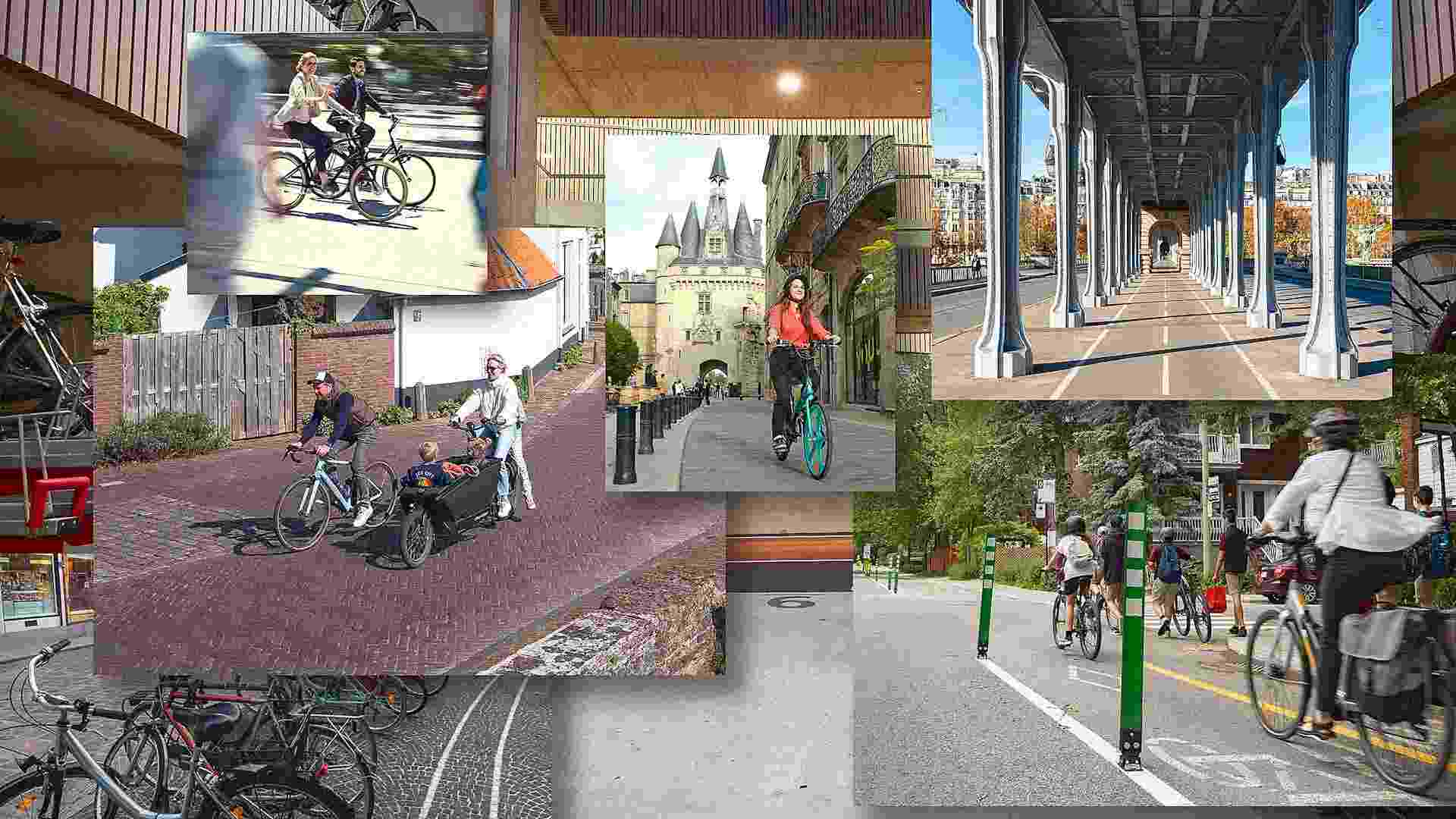- | 9:00 am
Tesla took its shot—and missed
Tesla’s new cars aren’t affordable, but they are cheap. And they’re risking the automaker’s reputation as an innovator.
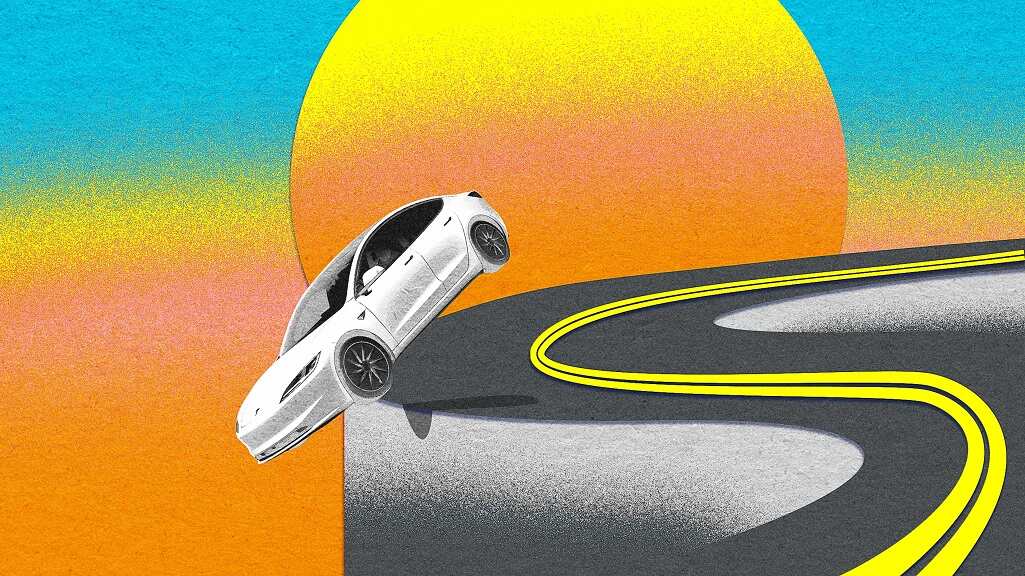
Too late. Too expensive. Too bland. Too antiquated. Too much of the same. There are just too many toos when it comes to Tesla’s new “cheap” cars, which the company announced on October 7. Its highly anticipated “affordable models” are just stripped-down Model 3 and Model Y variants that come in at a more expensive price point than the current 2025 models.
Some marketing genius labeled them as “Standard,” but judging the cars against cheaper, better models from automakers around the world, Tesla’s newest offerings can’t even claim that benign adjective. The truth is, these cars are terrible news for the company.
With its reputation in tatters, thanks to Musk’s brand suicide-by-Trump and years of quality complaints, technology stagnation, and tired design, Tesla really needed a big bang to counteract its quickly shrinking market share. Judging by the reaction online, that big bang looks more like a Starship exploding on the launch pad.
The consensus is that these new models are just manufacturing cost-cutting without the price tag cuts. Unsurprisingly, Tesla stock fell 4% yesterday after the announcement. It will rebound, I’m sure, but my prediction is that it will crash way harder when new sales data comes in the next two quarters, after people realize how much of a dud these models are.
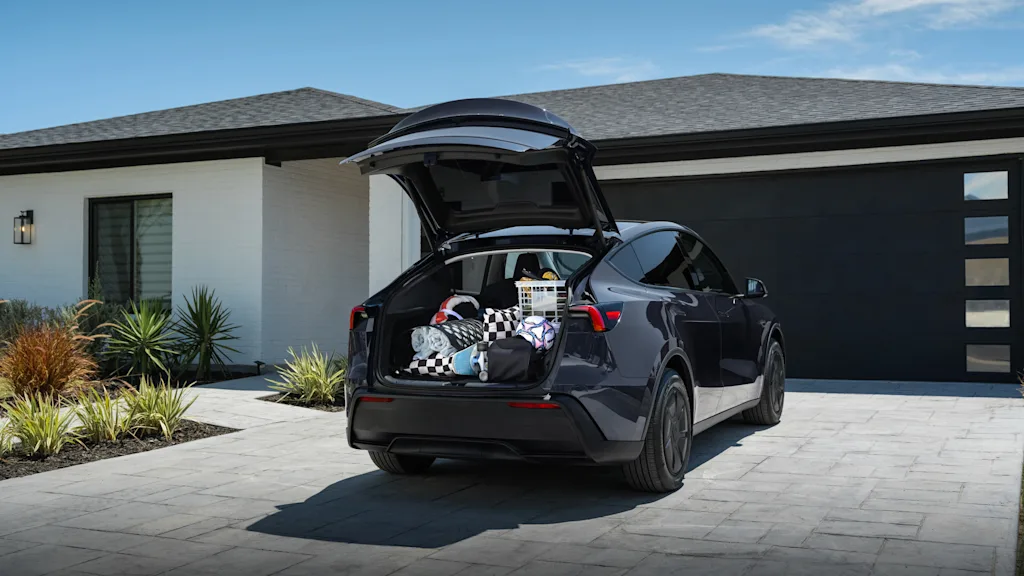
Can’t compete
The Hyperloop-sized fact of the matter is that there is just no way these new cars are going to beat the competition. Let’s put aside their lackluster trimmings and repetitive design to focus on price for now. The new cars aren’t affordable at all: The Model Y Standard starts at $39,990, and the Model 3 Standard at $36,990. These prices can’t compete in the market today.
Chinese brands like BYD and Nio destroy them at every single metric. They already offer a better price for a superior technology than Tesla’s expensive models, which is why the company’s market share is in free fall everywhere Chinese EVs are on the road. Many Chinese models have longer-lasting and more durable batteries, better trimmings, better finishes, and even free autonomous driving for life for many models, at genuinely affordable prices.
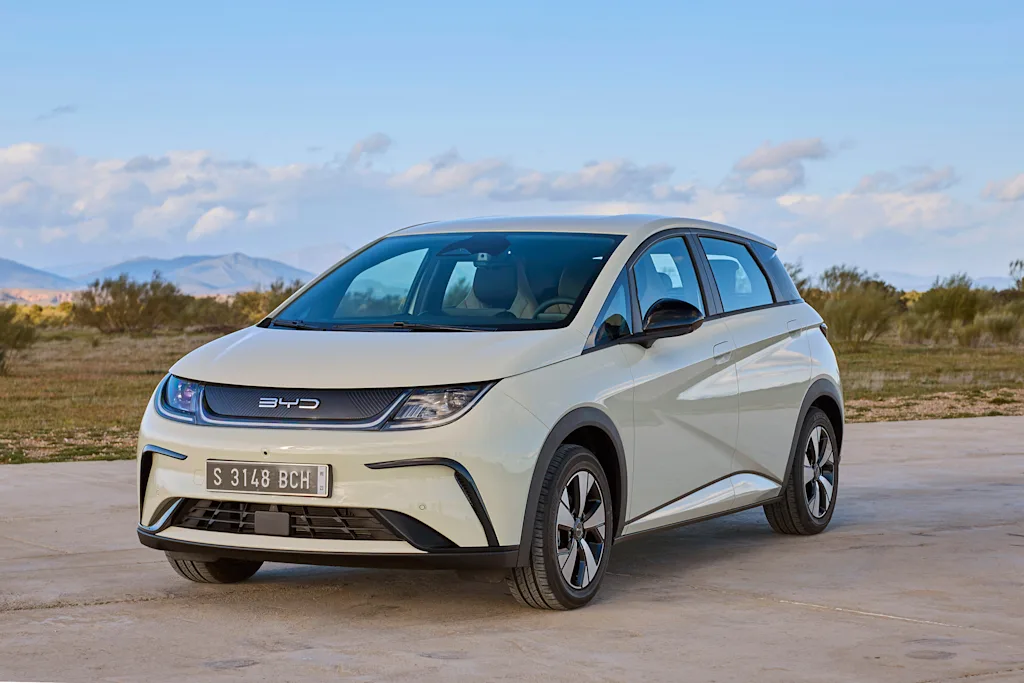
Worldwide EV market king BYD sells vehicles starting below $30,000 globally, with models like the Dolphin priced at around $26,700 and the Seagull compact selling for under $10,000 in China. The company has outsold Tesla globally for the last four quarters, selling about 1.6 million all-electric vehicles through Q3 2025—nearly 400,000 more than Tesla’s 1.22 million units in the same period.
But you don’t even need to go compact to see the price difference: Nio’s new Onvo L60 SUV starts at $30,439 while offering more interior space and equivalent range. How can Tesla ever hope to beat them?
Even American competitors offer better options. The Chevrolet Equinox EV starts at $34,995 with 319 miles of range, undercutting Tesla’s Model Y by $5,000 while offering traditional amenities Tesla removed. You know, like FM radio and powered mirrors. Tesla’s new models don’t have FM radio, and the new “Standard” Model 3 is now “the only car sold in America with manual side mirrors,” as the car publication The Drive points out.
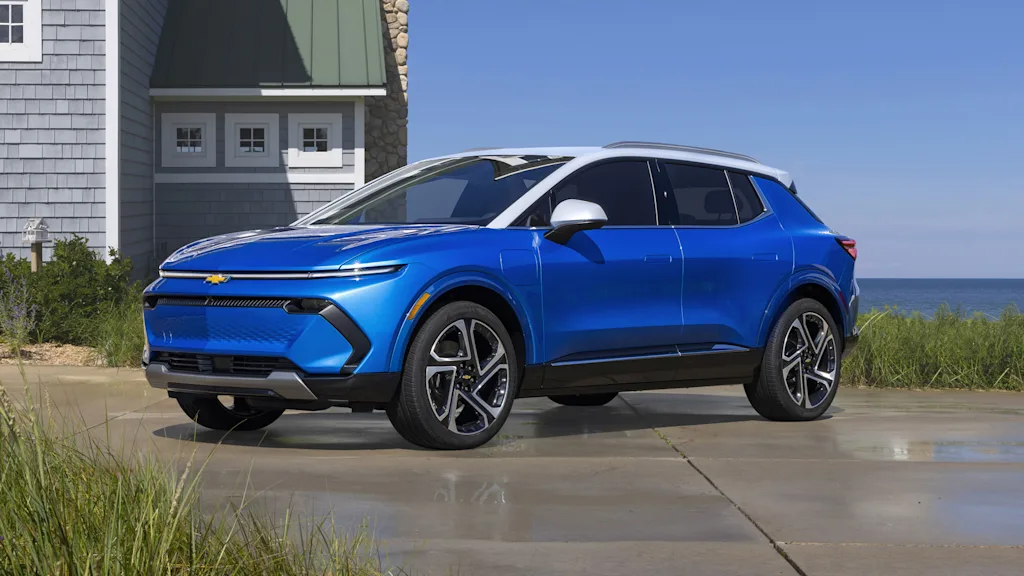
Japan has cheaper and better EVs, too, like the Toyota bZ4X SUV, which starts at $38,520. The Europeans do, too, if you want something really inexpensive. The Dacia Spring starts at about $19,500. The Citroën ë-C3 begins at about $23,000. I can go on and on, but you get the idea.
Worse yet: The new Teslas can’t even compete with the company’s existing models. Thanks to Musk’s Trump support—which brought the elimination of federal tax credits after September 30—the Standard models are more expensive than Tesla’s cars cost just days earlier, as EV car blog Electrek points out. The Model Y costs $37,490 after credits, about $2,000 less than the “Standard” version. Tesla somehow managed to launch “cheaper” cars that are more expensive. Well done, Elon. Here’s your $1 trillion cookie.
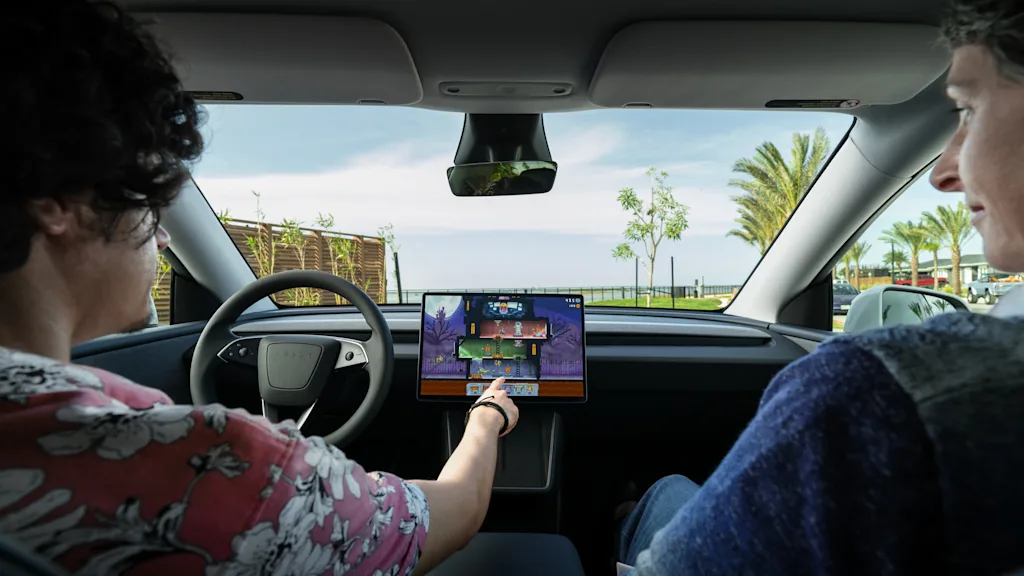
Dollar General cars without the price cuts
That’s the other thing with the new models. The company has systematically removed features across every category in these vehicles. The Model Y, for example, has dropped its range by 36 miles to 321 miles. Besides no more FM radio and powered mirrors, options like heated second-row seats and adaptive high beams are also no longer available. Cars.com counts a total of 15 missing features.
Gone are the LED light bars that were Tesla’s signature, according to The Autopian. The Model Y now looks like a generic crossover with simple headlamps. Inside, Tesla swapped premium vegan leather for cheap textile inserts, removed the rear touch screen that passengers actually used and kids loved, and even eliminated ambient lighting throughout the cabin. The audio system drops from 15 speakers with a subwoofer to just seven speakers. The rear seats fold manually instead of electronically. The front trunk shrinks by a cubic foot and loses its waterproof lining.
The engineering cutbacks are even more worrying. Tesla downgraded the suspension from its frequency-selective dampers back to basic passive shocks. Why? No idea. But it’s particularly shocking because the suspension has been a big point of disgust for many users and car testers, like MotorTrend, who hated it.
Gone is the lane-centering auto-steer, too, a major safety feature in a car brand known for being one of the most dangerous cars on the road. The number of cameras has been reduced, too. And, of course, no autonomous driving (which may be a blessing in disguise, given the deficient state of the technology, still far away from Musk’s self-driving sci-fi promises).
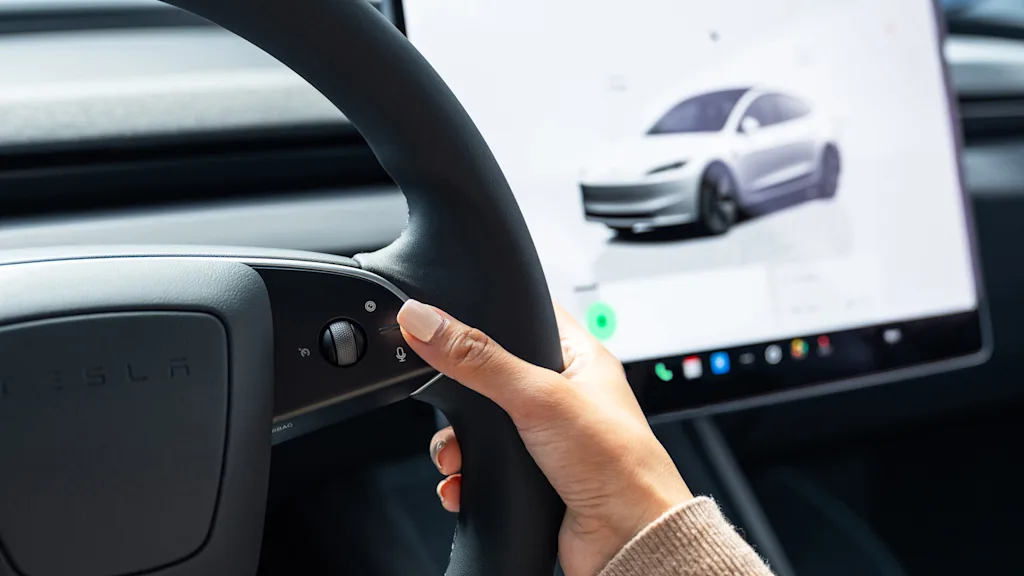
As one industry expert observed: “It’s challenging to justify such a lengthy list of missing features when the price difference is merely $5,000 from the next trim up.” As a Redditor pointed out in one of the many threads slamming the new models, it feels like Tesla doesn’t actually want to sell these cars—perhaps it’s a move to get consumers to upgrade to the next, more expensive model.
If that’s the case, it’s a strange way to get back into the leadership position. One that doesn’t seem to justify Musk’s astronomical pay package. Perhaps these new models are an admission that he has given up completely on cars, and he thinks that robots and autonomous cabs will save his company from oblivion.
But that bet is now more dangerous than ever. Maybe that would be a possibility if Tesla had all this technology working and deployed, but his promise about Tesla Robotaxis being everywhere in 2026 still feels completely unfeasible, no matter what some analysts are smoking. The company is still testing the cars in Austin and the Bay Area, while competitors Waymo and Apollo are establishing full services in cities worldwide.
And Musk’s promise about Optimus also shipping by the gazillion next year. Well, LOL is all I can say. The latest demo in September was toe-curlingly embarrassing.
But I digress. We were talking about cars. We’re talking about new Teslas that are not affordable, but are cheap. But hey, at least they have arrived, even if it is years too late. And even if their arrival is nothing more than a reminder that Tesla is once again ceding its reputation as an innovator.











